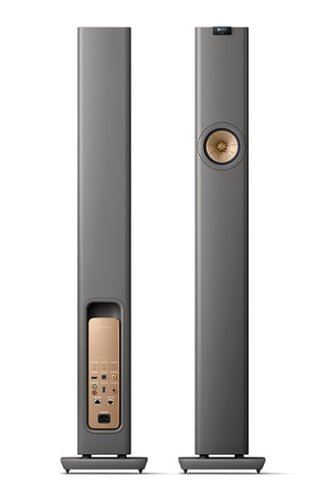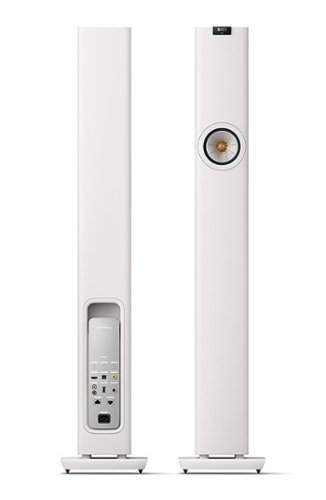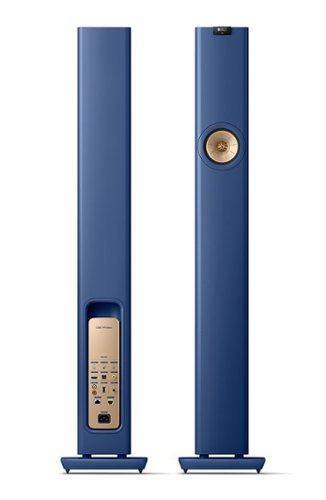KEF LS60 Wireless Review
This time, we turn our gaze to the stars in the technological night sky. Shall we take a look into the future of HiFi with the KEF LS60 Wireless active speakers?
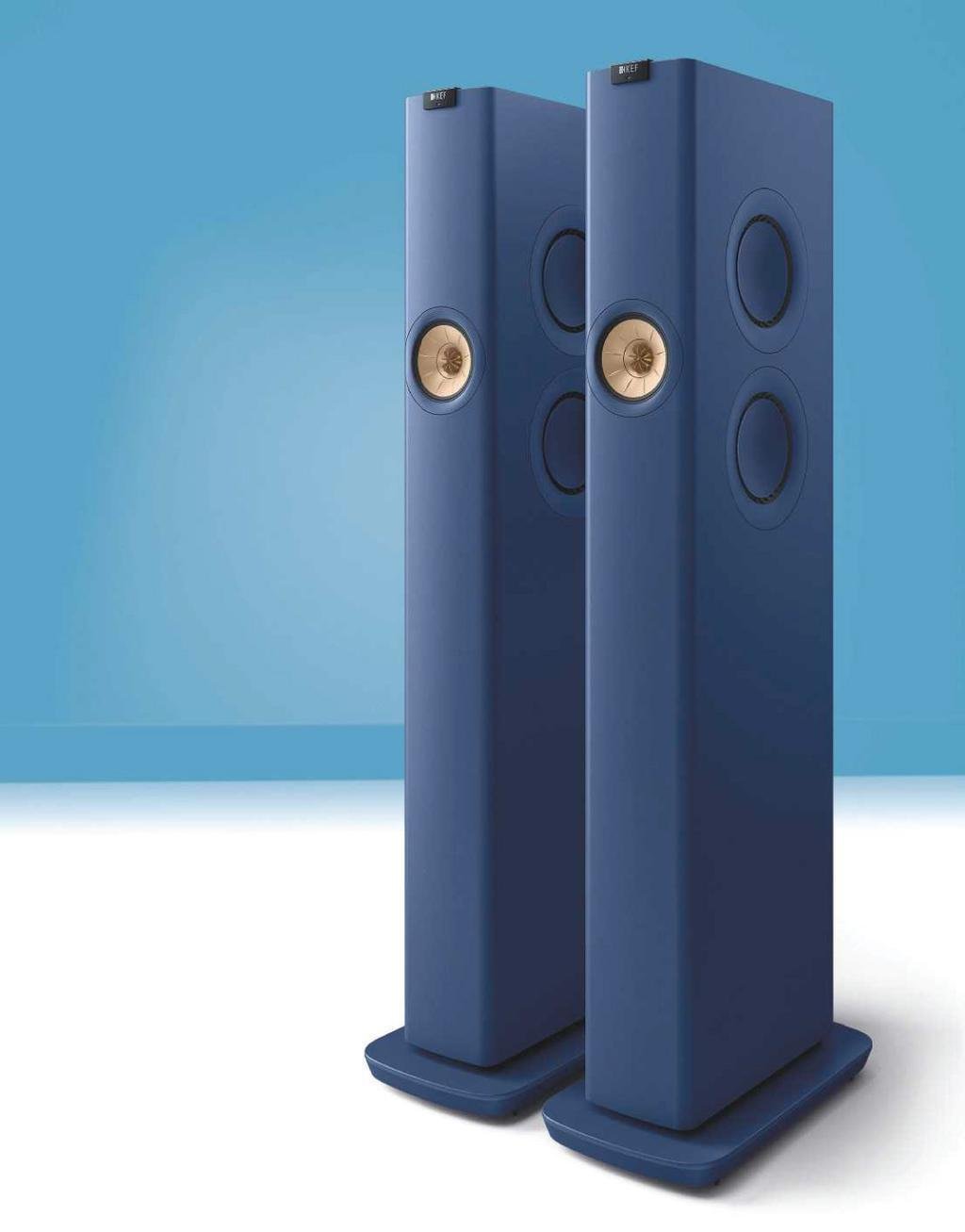
Made by: GP Acoustics (UK) Ltd, Maidstone, Kent
Supplied by: GP Acoustics (UK) Ltd
Telephone: 01622 672 261
Web: www.kef.com
HiFi experts and enthusiasts fondly remember the presentation of the KEF LS60 Wireless and LS50 Wireless II at the Mitteldeutschen HiFi-Tage in September 2022. Additionally, we had the exclusive opportunity to thoroughly test the smaller LSX II model before its official release in June 2022. Thomas Kirsche’s comprehensive article, available on Likehifi.de, details this experience. Thus, it’s no surprise that today we delve deeper into the smart and notably larger all-in-one solution from KEF, the LS60 Wireless active speakers.

Love at First Sight
Unboxing the KEF LS60 Wireless streaming speakers is a delightful experience. Smartly packaged, the LS60 reveals a sleek industrial design in cool aluminum blue. The design team, led by Michael Young, has done an exceptional job. The LS60 aims to redefine what is possible in acoustic design, especially regarding space utilization. This is structural minimalism at its finest.
Cold as Ice
The elegant 13 cm wide and 16 cm deep active speakers are available in Titanium Grey, Mineral White, and Royal Blue, each with matching drivers. While the white and grey tones blend subtly into modern interiors, the royal blue makes a bold statement. The HiFi comfort package includes a rear carrying handle above the control panel, making the 31.2 kg LS60 adequately portable by one person. The high fidelity package also features the resonance-free aluminum housing and high connectivity of components, aiming for a refined, high-resolution sound image.
Form Follows Function
The KEF LS60 Wireless is a true stand-alone system, claimed to rival any modern HiFi setup. The audio engineers at KEF pushed the limits of what is possible to achieve the minimalist design. The LS60 embodies 60 years of expertise in a unique construction.

The standout feature is the centrally placed Uni-Q driver, where the high and mid-range drivers share the same acoustic center, flanked by parallel pairs of woofers. This Uni-Q driver arrangement, borrowed from the legendary KEF Blade series, aims to create a single point source of sound, eliminating interference caused by drivers emitting from different points.
Pinpoint Sound
Conventional speakers emit sound from various points, causing interference from different frequencies and dispersion points. KEF’s patented Single Apparent Source technology largely eliminates these interferences. The Uni-Q driver ensures an evenly distributed sound, turning any room into an acoustic sweet spot, where everyone experiences natural, detailed sound regardless of their position.
The KEF LS60 also uses the patented Uni-Core technology, where four drivers are mounted back-to-back in a force-canceling arrangement, eliminating cabinet vibrations. Combined with the P-Flex surround and Smart Distortion Control Technology, this promises a balanced, detailed, and powerful bass.
Putting it to the Test
After reading Thomas Kirsche’s review on the initial installation hurdles with the KEF LSX II, we were prepared to handle potential challenges with the LS60. We opted for an initial setup on an iPad and a wired connection between the master and client speakers for a resolution of up to 24-bit/192 kHz. AirPlay 2 allows for simultaneous control of multiple KEF wireless speakers, and setting up the KEF Connect App is necessary for proper operation.
However, privacy-conscious users may find the mandatory online registration and administrator-level internet connection requirements a drawback. Despite this, the LS60 presents itself as an autonomous multimedia wireless system, making the registration and online requirements somewhat understandable.
Ahead of Its Time?
In practice, the KEF LS60 Wireless proved to be a high-resolution streaming tool, handling PCM files up to 24-bit/384 kHz, MQA decoding, and DSD effortlessly. The KEF Connect App is user-friendly, integrating services like TIDAL, Amazon Music, Qobuz, and Deezer seamlessly. Streaming directly via Spotify Connect, TIDAL Connect, or QPlay is also straightforward.
We achieved a stable Wi-Fi connection and paired the LS60 with an iPhone via Bluetooth easily. The LS60 performed well with a Cinch connection to the Sonoro Platinum SE turntable and a Cambridge Audio network player. However, we faced difficulties using the LS60 as a home theater system via HDMI ARC, as our TV did not recognize the speakers.
And the Sound?
Streaming reference tracks from TIDAL, such as Dave Brubeck Quartet’s “Take Five” and Pink Floyd’s “Money,” revealed clear, organized sound in the upper midrange. The tweeters delivered a spectrum from warm to crystal clear. Although, the midrange and highs sometimes felt constrained in certain songs. Bass-heavy tracks like Einstürzende Neubauten’s “Sabrina” showed a lack of definition in the upper bass, with unclear instrument placement. Adjusting EQ settings and speaker positions didn’t resolve this.
Despite this, Motown classics like Smokey Robinson’s “The Tracks of My Tears” sounded excellent, with a balanced mix that suited the LS60 well. Vocal-centric jazz and R&B tracks like Alicia Keys’ “Fallin’” and Anette Askvik’s “Liberty” also shone, with intimate and present vocals.

Performance report
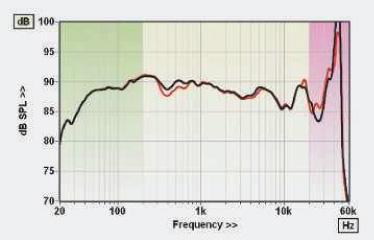
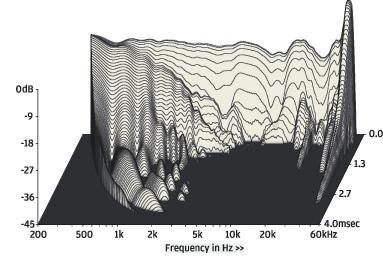
SPECIFICATIONS
Pair matching/Resp. error (200Hz–20kHz) 1.9dB/±2.5dB/±2.3dB
LF/HF extension (–6dB ref 200Hz/10kHz) 34Hz / 50.0kHz/49.4kHz
THD 100Hz/1kHz/10kHz (for 90dB SPL/1m) 0.25% / 0.3% / 0.4%
Power consumption 32W (each speaker)
Dimensions (HWD, w plinth) / Weight (each) 1090x212x394mm / 32kg

Competitors
1. Bowers & Wilkins Formation Duo
- Strengths: High-resolution streaming, Carbon Dome tweeters for clarity, and powerful built-in amplifiers.
- Design: Elegant and modern with premium build quality.
- Type: Bookshelf speakers, but often considered for similar use cases due to high performance.
- Strengths: Extraordinary bass performance, sleek design, and wireless capabilities.
- Design: Futuristic and compact, available in multiple finishes.
- Type: Compact speaker with exceptional performance.
- Strengths: High-quality sound, built-in amplification, and modern connectivity options.
- Design: Clean, modern aesthetic with a focus on audio performance.
- Type: Floor-standing active speakers.
VERDICT
The KEF LS60 Wireless active speakers offer a contemporary HiFi package with high user comfort and practical features. The stunning design and practical app are noteworthy, and the speakers excel in multifunctionality and connectivity. However, sound preferences vary, so we recommend a listening test at a local dealer. Ultimately, whether you like these KEF speakers will depend on your musical tastes.
Key Features
- Force-Cancelling System
- Uni-Core Technology
- Uni-Q Drivers

When you purchase through links on our site, I may earn an affiliate commission. Here’s how it works.

